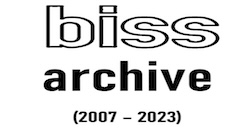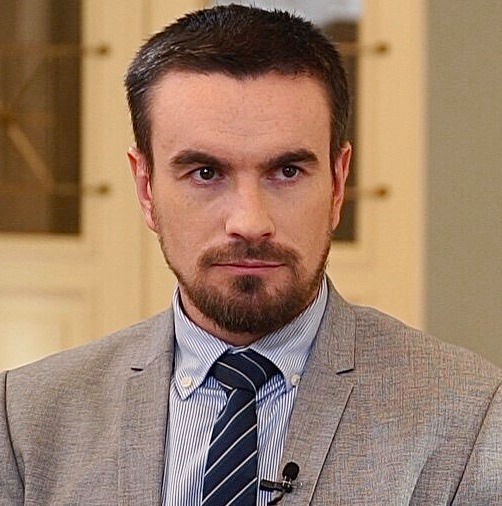We are happy to present the thirty-first issue of Belarus Foreign Policy Index. In this new issue, we explore Belarus’s foreign policy in the five key dimensions in the months of March and April 2016.
In Belarus’s relationship with Russia compromise was reached in quite a few cooperation areas. Minsk was using the available EEU instruments with more confidence and subtlety, gradually gaining more authority in the bloc.
Belarus continued lobbying its interests via heads of Russian regions. These arrangements facilitated a partial recovery of two-way trade. Following the lifting of the EU sanctions, the bilateral relations with Europe entered a new quality phase. No fundamental changes took place; however, the agenda for further deepening and expansion in the relationship was being built on a more systemic basis. The level of diplomatic contacts kept increasing.
The relations with China continue developing in the “declarative” track. The Belarusian administration and Chinese companies operating in Belarus seek to adapt to the tightening of China’s financial policy and come up with new formats for investing in Belarus.
They have not made much progress, though. The military and military-technical component of Belarus’s relationship with the developing world grew more significant.
In the Middle East, Belarus continued its efforts seeking convergence with the conservative Arab regimes and their allies. The relations with the Latin American countries are still in decline. Belarus not only finds it difficult to identify new partners and projects, but also faces challenges when trying to protect the interests of Belarusian companies. Minsk has redoubled its efforts to promote its relations with African and Southeast Asian countries.
In the Ukrainian dimension, a slack period was observed in the political sector, whereas economic contacts kept developing at a high pace. A new “trade war” was over, and new areas for economic engagement were outlined.





